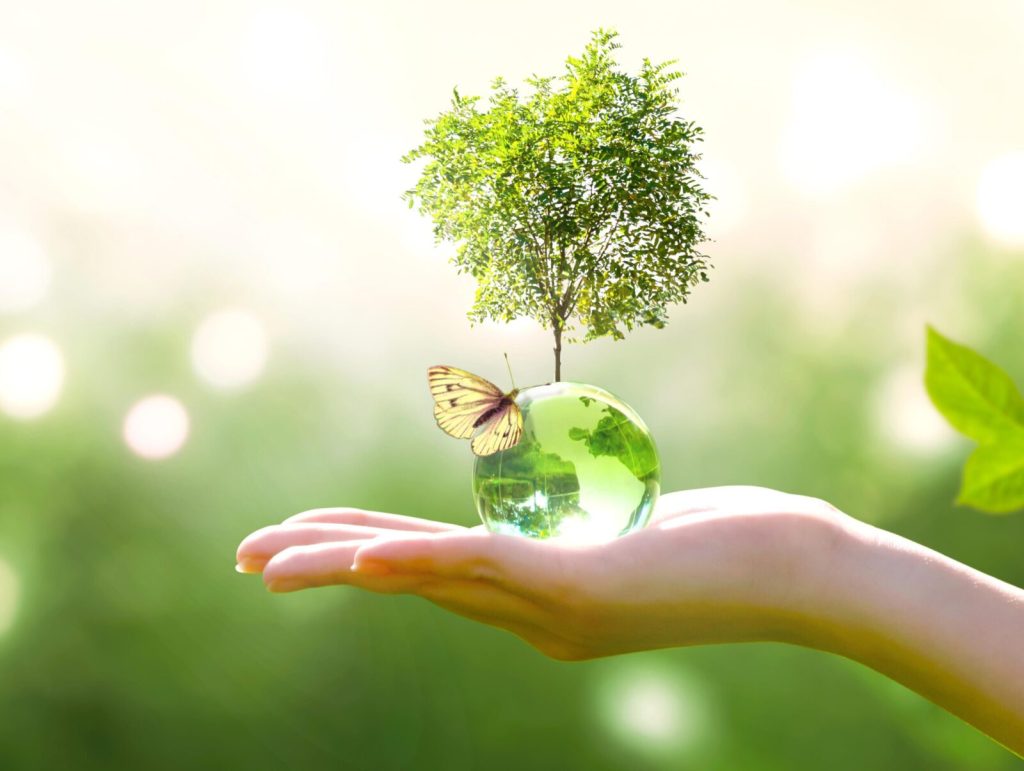The ecological relationship between humans and the environment is a dynamic and interconnected web of interactions. Humans depend on nature for survival, while their activities profoundly influence the ecosystems around them. The need for sustainable coexistence has become increasingly urgent in light of escalating environmental challenges such as climate change, pollution, deforestation, and biodiversity loss. This essay explores the essence of the ecological relationship between humans and the natural world, emphasizing mutual dependence, the consequences of human actions, and the path toward a harmonious balance.
Human Dependence on Nature
Nature is the foundation of human existence, providing the air we breathe, the water we drink, and the food we consume. Ecosystems perform essential services such as pollination, water purification, and climate regulation. Forests, for instance, act as carbon sinks, absorbing CO2 and mitigating the effects of climate change. Wetlands filter water, removing pollutants and replenishing groundwater reserves. These “ecosystem services” are indispensable for human well-being and economic prosperity.
Beyond basic survival, nature also fulfills spiritual, cultural, and recreational needs. For centuries, human societies have derived meaning and inspiration from their surroundings. Sacred groves, rivers, and mountains are revered in many cultures, reflecting an intrinsic bond between people and the environment. However, as industrialization and urbanization have progressed, this connection has often been overlooked, leading to unsustainable practices and ecological imbalance.
Human Impact on the Environment
Human activities have significantly altered the natural world. Agriculture, mining, industrialization, and urban development have transformed landscapes, sometimes to the detriment of ecosystems. The following are some major ways humans impact the environment:
1. Deforestation and Land Use Changes
Forests, which house diverse flora and fauna, are often cleared for agriculture, urbanization, and logging. This not only reduces biodiversity but also disrupts the carbon cycle, contributing to global warming. Soil erosion, desertification, and loss of habitat are direct consequences of deforestation.
2. Pollution
Pollution from industrial processes, transportation, and agriculture has degraded air, water, and soil quality. Plastic pollution in oceans threatens marine life, while air pollution from factories and vehicles contributes to respiratory diseases and climate change. Fertilizer runoff from farms creates “dead zones” in aquatic ecosystems, depleting oxygen levels and harming aquatic organisms.
3. Overexploitation of Resources
Overfishing, mining, and excessive logging deplete natural resources faster than they can regenerate. Unsustainable fishing practices, for example, threaten marine ecosystems and the livelihoods of millions of people who depend on them.
4. Climate Change
Burning fossil fuels, deforestation, and industrial activities release greenhouse gases, trapping heat in the atmosphere and causing global temperatures to rise. The consequences include extreme weather events, rising sea levels, and disrupted ecosystems. Coral bleaching, melting ice caps, and shifting animal migration patterns are direct results of a warming planet.
Interdependence and Feedback Loops
The relationship between humans and the environment is characterized by interdependence and feedback loops. For example, deforestation exacerbates climate change, which in turn leads to more extreme weather patterns, affecting agriculture and human settlements. Similarly, pollution harms biodiversity, which weakens ecosystems’ ability to provide essential services like water purification and pollination.
Positive feedback loops often amplify environmental degradation. For instance, melting ice caps reduce the Earth’s albedo (reflectivity), causing more solar heat to be absorbed and accelerating global warming. Conversely, negative feedback loops can stabilize ecosystems—for example, healthy forests absorbing CO2 mitigate climate change impacts.
Understanding these feedback mechanisms is crucial for designing policies that promote sustainability. Ignoring the interconnected nature of ecological systems can lead to unintended consequences and exacerbate existing problems.
Consequences of a Broken Relationship
When humans fail to respect the limits of nature, the consequences are far-reaching and often devastating. These include:
1. Loss of Biodiversity
Extinction rates are now 100 to 1,000 times higher than natural background rates, primarily due to habitat destruction, climate change, and overexploitation. Biodiversity is crucial for ecosystem resilience, and its loss undermines ecosystems’ ability to adapt to changing conditions.
2. Food and Water Insecurity
Climate change and environmental degradation threaten agriculture and water supplies. Droughts, floods, and soil erosion disrupt food production, while pollution and overuse deplete freshwater resources.
3. Public Health Crises
Pollution and environmental degradation are linked to health problems such as respiratory diseases, cancers, and malnutrition. The spread of zoonotic diseases (like COVID-19) is often linked to habitat destruction and wildlife exploitation.
4. Economic Costs
Environmental degradation imposes significant economic costs. Natural disasters, exacerbated by climate change, result in billions of dollars in damage annually. Depleted resources also undermine economic activities such as agriculture, fishing, and tourism.
Toward Sustainable Coexistence
Achieving a balanced ecological relationship requires collective effort and systemic change. Several strategies can help:
1. Conservation and Restoration
Protecting natural habitats and restoring degraded ecosystems are essential steps. Conservation efforts, such as creating protected areas and combating illegal wildlife trade, safeguard biodiversity. Reforestation and wetland restoration improve ecosystem services and mitigate climate change.
2. Sustainable Resource Management
Adopting sustainable practices in agriculture, forestry, and fisheries ensures resource use does not exceed regeneration rates. Techniques like crop rotation, agroforestry, and sustainable fishing reduce environmental impacts.
3. Transition to Renewable Energy
Shifting from fossil fuels to renewable energy sources like solar, wind, and hydropower reduces greenhouse gas emissions. Investing in energy efficiency and clean technologies accelerates this transition.
4. Education and Awareness
Raising public awareness about environmental issues encourages responsible consumption and lifestyle choices. Education fosters an understanding of the interconnectedness of humans and nature, motivating individuals to act as stewards of the environment.
5. Policy and Governance
Governments play a critical role in regulating activities that harm the environment. Policies that promote renewable energy, penalize polluters, and incentivize sustainable practices are essential. International cooperation, such as the Paris Agreement, addresses global challenges like climate change.
6. Circular Economy
Adopting a circular economy model minimizes waste by promoting recycling, reuse, and sustainable product design. This reduces pressure on natural resources and lowers environmental impact.
The Role of Individuals
While systemic changes are vital, individuals also have a role in fostering a sustainable relationship with the environment. Simple actions like reducing waste, conserving water, and using energy-efficient appliances make a difference. Choosing sustainable products, reducing meat consumption, and supporting environmentally responsible companies amplify these efforts.
Advocacy and community involvement are equally important. Participating in local clean-up drives, planting trees, or advocating for environmental policies contribute to larger systemic changes. The collective impact of individual actions can drive societal shifts toward sustainability.
Conclusion
The ecological relationship between humans and the environment is intricate and vital. Nature sustains human life, yet human activities have pushed the planet toward a critical tipping point. Acknowledging our dependence on nature and the consequences of our actions is the first step toward repairing this relationship. By embracing sustainable practices, advocating for systemic change, and fostering a deeper connection with the natural world, humanity can ensure a thriving planet for generations to come.
Addressing the ecological crisis is not just an environmental imperative; it is a moral responsibility. The future of life on Earth depends on humanity’s ability to live in harmony with the ecosystems that sustain us. Together, we can rewrite the narrative of our relationship with nature, transforming it into one of respect, stewardship, and sustainability.


